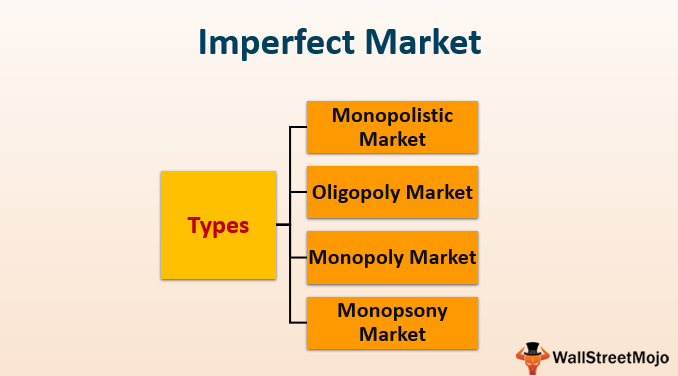
Storage drives, optical drives, and PCI expansion cards are the most common types of components offered for sale as OEM. But many other products may be offered this way in limited numbers. In the auto repair industry, OEM parts are those products used by a car manufacturer. Aftermarket parts are made by a third-party manufacturer but may be compatible with the same vehicles. VAR companies such as Dell and Hewlett Packard accepted branded parts from outside sources in their products over time. In the tech industry, OEM became synonymous with companies that rebrand or openly use other manufacturers’ products for resale.
A vehicle that’s been damaged in an accident will likely have a lower value than one that has not been, especially if there was structural damage or airbag deployment. The parts used to repair it will have little bearing on its overall value. The options you’ll have for parts depend on the nature of the repairs and what type of shop you take your car to. There are benefits and downsides to OEM and aftermarket parts, and a quick comparison shows that OEM parts win for dependability as a longer-term investment. On the other hand, aftermarket parts offer more options and tend to be more affordable. Let’s start with genuine parts, which are parts that were installed in your vehicle by the manufacturer when it was first sold.
Compare Auto Loans, Rates and Lenders
Genuine parts are more expensive than any other types of auto parts because they carry the company logo. Keep in mind, that genuine parts are not necessarily better than OEM or aftermarket parts. We can give you recommendations on which parts to buy based on the quality and performance of the parts and not who made it.
Traditionally, OEMs focus on business-to-business sales, while VARs target the public or end users. Car parts, such as exhaust systems or brake cylinders, are manufactured by OEMs. The OEM parts are then sold to an auto manufacturer, which assembles them into a car. The completed car is then marketed to auto dealers to be sold to individual consumers. An individual can buy OEM parts directly from the manufacturer or a retailer who stocks those parts to make car repairs. Genuine toners are higher quality products that perform at a higher level than compatible and remanufactured toners.
The Advantages of ODM
Again,
as a consumer you never truly know the quality of the product you’re putting
into your printer. Compatible toners have no affiliation with the original manufacturer of the printer. With many OEM projects, it is necessary to create custom molds or another tooling to make the item. These have to be made before production starts and the cost is almost always paid for by the buyer. In some cases, the manufacturer will pay for the molds and include the cost of the sales price.
What’s the Difference Between ODM and OEM Manufacturing Models? – Data Center Knowledge
What’s the Difference Between ODM and OEM Manufacturing Models?.
Posted: Mon, 05 Jun 2023 07:00:00 GMT [source]
They represent the honeymoon stage of using your printer as they’re incredibly reliable and create perfect output. Nonetheless, they’re more expensive than the two other types and are more common as well, especially for newer models of printers. They will not produce only one type of the product but several versions of it, which are then, in turn, sold to various computer manufacturers/retailers. Those companies are value-added resellers who market directly to the public.
How Does OEM Work for Software Products?
If
you want your printer to deliver its highest potential for text and image
quality,
it is important to use the highest quality toner. Private label, also called White Label, is the practice of buying already made products and simply adding a logo or colors to the product. This is a very common practice for FBA and other eCommerce sellers and is one of the easiest ways to start in retail. Choosing between original equipment manufacturer, or OEM, and aftermarket car parts is all about squaring your priorities with your budget. Many or all of the products featured here are from our partners who compensate us. This influences which products we write about and where and how the product appears on a page.

Depending on the state, some insurers may only cover aftermarket parts because they accomplish the same job for less money than OEM parts. You should check with your insurance company to find out whether that is the case in your policy. Depending on the job, the cost of OEM versus aftermarket parts varies.
Want to refinance your auto loan? See if you pre-qualify.
Whether your insurer will cover OEM parts in a claim depends on the language in your specific policy and any laws that may be in effect that speak to this issue. If it’s important to you to use OEM parts in vehicle repairs, you can opt to pay the difference between the cost of aftermarket and OEM parts. If your repair is part of an insurance claim, the insurer might prefer aftermarket parts to save money. However, you have the option to pay the difference between the insurer’s preferred aftermarket part and the cost of an OEM part. But avoiding a necessary repair is the worst option because it could cause more damage to your car and end up costing you more down the road.
- However, OEM hardware is usually shipped incomplete of parts such as cables and adapters that are necessary for the installation and operation of the hardware.
- OEM can sometimes be used as an adjective, as in “OEM parts,” or as a verb, such as when a manufacturer plans to “OEM” a new product.
- In the auto repair industry, OEM parts are those products used by a car manufacturer.
- If you take your car to get repaired at a dealer, the dealer will likely use OEM parts.
Because OEM parts are made by a specific manufacturer to align with a vehicle’s exact specifications, they fit perfectly into that space. The disadvantage of OEM manufacturing is that it is much more resource intensive. OEM designers often invest millions original vs oem of dollars into research and development over several years in order to create unique products. Because of this, OEM designers have to guard their designs as intellectual property, lest it be copied and sold by another company for a lower price.
Both OEM and aftermarket companies are actively using technologies such as 3D printing to efficiently create on-demand parts and make their supply chains more flexible. Rapid changes in product demand may be costly for traditional production to respond to and may require companies to maintain higher inventory levels. On-demand production is providing auto parts manufacturers with additional production options. A genuine part is an auto component that was installed in your vehicle when the vehicle was first manufactured.
Here are the coolest e-bikes and more we saw at Micromobility … – Electrek
Here are the coolest e-bikes and more we saw at Micromobility ….
Posted: Mon, 19 Jun 2023 16:25:00 GMT [source]
